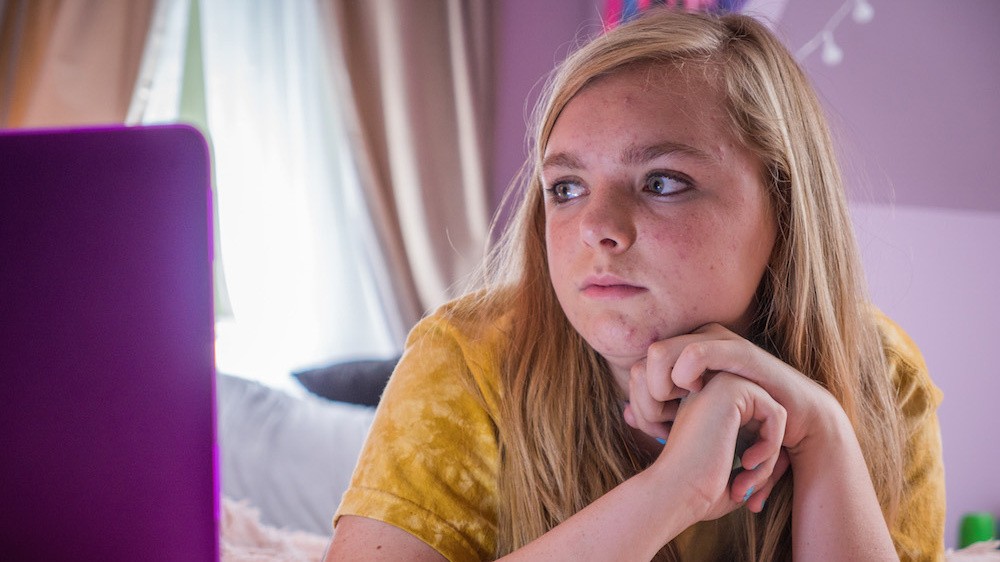“I hope this email finds you well.” How many missives started like that in 2020? It was ostensibly expressing a wish that you were not infected with COVID, but it was also about mental health. Whether you were hiding from the virus in quarantine or dodging the maskless in your “essential” job, odds are pretty good you were not well — at least not emotionally. In January, 2020, the US Census reported 11 percent of people surveyed were experiencing depression or anxiety. By December, that number had risen to a whopping 42 percent.
Among those who were not OK was Bo Burnham. The comedian, musician, and director started out as one of the first teenage YouTube stars before graduating to standup, but he quit performing live after experiencing onstage panic attacks. His retirement from live performance may have been the best thing to happen to him, as he expanded his writing and directing. His 2018 film Eighth Grade is a masterpiece of adolescent comedy; I put it at number 16 in my best of the decade list.
Burnham spent the pandemic locked down in Los Angeles; to pass the time, he decided to film a comedy special, his first in four years. Inside is the product of a one-man band: Burham wrote 20 songs, designed the lighting, ran the cameras, recorded the audio, and did everything else. With the exception of the end, it’s filmed entirely inside a tiny studio apartment. In a sense, it’s him getting back to his YouTube roots, but with much more expensive equipment.
The 1918 influenza pandemic was a turning point in world history. It hastened the end of World War I, when 900,000 German soldiers came down the flu in a matter of months. But aside from Edvard Munch’s Self Portrait With the Spanish Flu, it produced very little in terms of lasting art. Even Ernest Hemingway’s novels set during the war omit mention of the pandemic that killed at least ten million more people than the conflict. That implies to me that people just wanted to forget about it.
COVID might end up being similarly forgotten by art. But at least we’ll have Inside. And frankly, I can’t think of any better way to record what what it felt like to live through 2020 than what Burnham has accomplished. Some of the songs come across as Tom Lehrer gone synth pop, or maybe something Weird Al would do if he wasn’t parodying other people’s songs. In other words, they’re catchy and funny, like the soon-to-be-immortal ditty “Welcome To The Internet”: “What would you prefer?/ Would you like to fight for civil rights/or tweet a racial slur?/Be Happy/Be horny/Be bursting with rage/We got a million different ways to engage.”
Like all great comedians, there’s more than just a lust for yuks at work here. Burnham’s lyrics are cutting, but they’re also insightful. He has an internet star’s confessional streak, and by the halfway mark of filming his show more or less in chronological order, his defenses are crumbling. Burnham turned 30 during lockdown, and spends the last minute of his twenties inviting us to join him as he stares bleakly at the clock, waiting for 11:59 PM to change to 12:00 AM. When he tries to record a bit about working on this special for a full year, he falls apart completely, storming off his own set.
You, like the artists of the Lost Generation, might just want to forget the whole thing (which is still ongoing, by the way) ever happened, but this show is not about wallowing in past pain. Inside is the first time I’ve really felt any kind of catharsis about the annus horribilis.
Bo Burnham: Inside is streaming on Netflix

